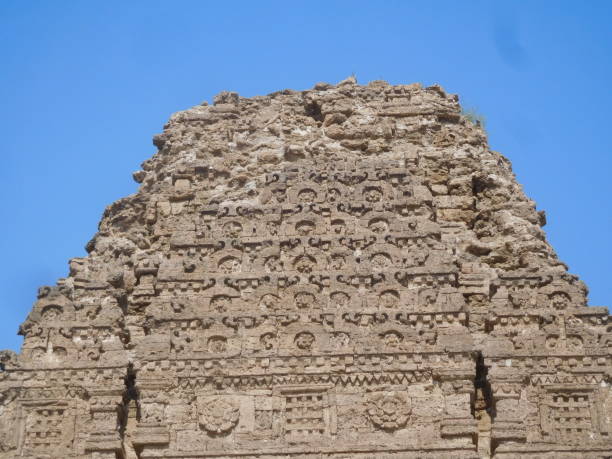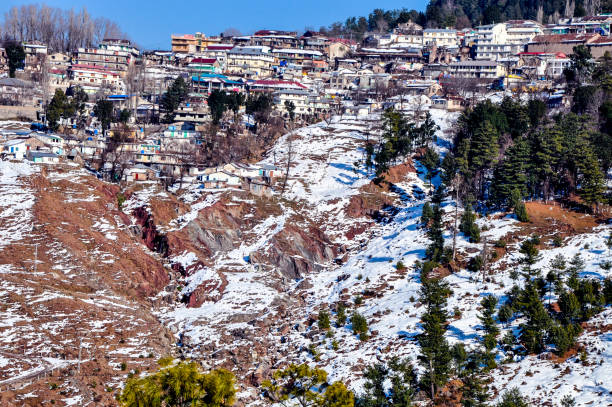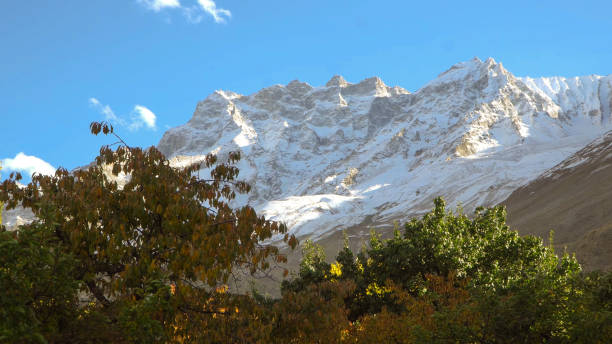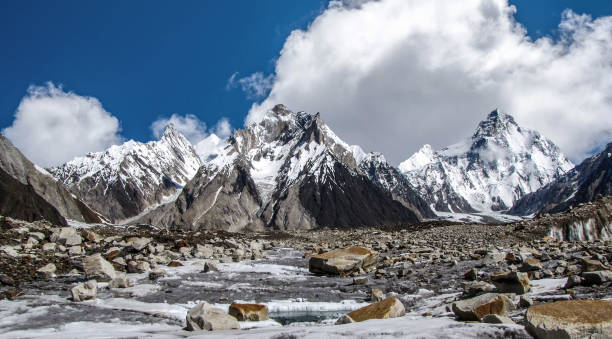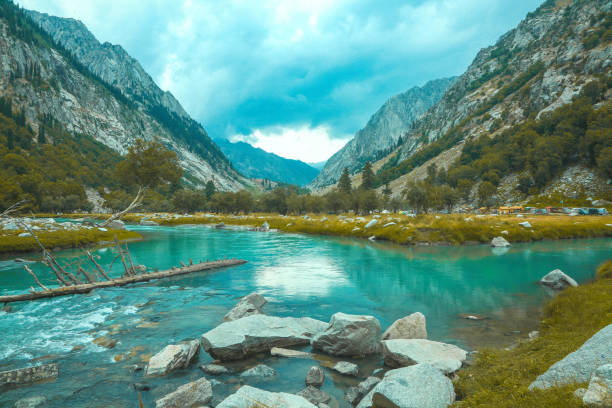Mohenjo-Daro:
Unveiling the Ancient Indus Valley Civilization
Nestled in the Sindh province of present-day Pakistan, Mohenjo-Daro, which means “Mound of the Dead,” stands as a testament to the fascinating history of one of the world’s earliest urban centers. This archaeological marvel, a UNESCO World Heritage site, reveals the remarkable achievements of the ancient Indus Valley Civilization. In this comprehensive exploration of Mohenjo-Daro, we will delve into its historical significance, urban planning, architecture, culture, and the enduring mysteries that continue to captivate scholars and visitors alike.
Unearthing an Ancient Civilization
Mohenjo-Daro was one of the major settlements of the Indus Valley Civilization, which is considered one of the world’s three earliest urban civilizations, along with Mesopotamia and Ancient Egypt. Flourishing approximately between 3300 BCE and 1300 BCE, the Indus Valley Civilization covered parts of modern-day India and Pakistan. It was characterized by advanced urban planning, an intricate system of writing, and remarkable technological achievements.
The rediscovery of Mohenjo-Daro occurred in the 1920s, nearly 4,000 years after the civilization’s decline. Sir John Marshall, the Director-General of the Archaeological Survey of India, led the excavation efforts. What he uncovered was an exceptionally well-preserved city, providing invaluable insights into the life and culture of its ancient inhabitants.
Urban Planning Ahead of Its Time
Mohenjo-Daro’s urban planning was a feat of ancient engineering and design. The city was laid out in a grid-like pattern with streets and lanes cutting each other at right angles. This organized layout is reminiscent of modern urban planning principles, which is remarkable given its antiquity.
One of the most striking features of Mohenjo-Daro’s urban planning is its advanced sewage and drainage system. The city had an intricate network of brick-lined sewers that carried waste and wastewater away from the residential areas. This system was far superior to those in many contemporary civilizations and even outperformed some urban centers of later eras.
Another notable feature is the construction of multi-story houses made from fired bricks. These houses had multiple rooms and were equipped with bathing areas and wells. Many of them also featured a courtyard. The buildings were made to withstand the region’s climate and were built to provide natural ventilation and cooling during the hot summers.
Language and Writing
One of the most tantalizing mysteries of Mohenjo-Daro and the broader Indus Valley Civilization is their script, which has yet to be deciphered. The script, known as the Indus script, appears on various artifacts, pottery, and seals found in the ruins. Despite numerous attempts by scholars and linguists, the script remains undeciphered, making it challenging to unlock the civilization’s literary and historical records.
The absence of deciphered texts makes it difficult to fully understand the society’s written communication and administrative records. As a result, much of what we know about Mohenjo-Daro and the Indus Valley Civilization comes from archaeological findings, rather than written records.
Culture and Daily Life
The artifacts unearthed in Mohenjo-Daro provide insights into the culture, daily life, and trade of its ancient inhabitants. The people of Mohenjo-Daro were skilled in pottery, crafting intricate designs on their pottery vessels. They also engaged in trade, as evidenced by the discovery of seals that were likely used for trade and administrative purposes.
The presence of granaries indicates the importance of agriculture in the region, with wheat, barley, and cotton being key crops. The city’s advanced urban planning and infrastructure suggest a society with a degree of central authority and organization.
Religious practices are also reflected in the artifacts and structures found at the site. The Great Bath, one of the city’s most iconic features, is believed to have had religious significance, possibly being used for ritual purification. Small figurines of deities and animals have been discovered, hinting at the people’s spiritual beliefs and practices.
The Great Bath and Other Structures
The Great Bath is a remarkable architectural marvel and a central feature of Mohenjo-Daro. This large, rectangular tank is made of baked bricks and measures approximately 12 meters long, 7 meters wide, and 2.4 meters deep. It is surrounded by a colonnade of pillars, suggesting that it was used for rituals or communal bathing. Its precise purpose remains a topic of debate among scholars, with theories ranging from religious ceremonies to public bathing.
In addition to the Great Bath, Mohenjo-Daro features a number of other notable structures, including the “Granary,” which is a large building that was likely used for the storage of grains. The city also has a citadel, a high mound believed to be the administrative and possibly the religious center of the city. Within the citadel, there are platforms and a large courtyard that may have been used for various purposes, such as public gatherings or ceremonies.
Decline and Abandonment
The decline of the Indus Valley Civilization remains a subject of debate among scholars. There is evidence to suggest that the civilization faced several challenges, including ecological factors, such as changes in the course of the Indus River, and potential shifts in trade routes.
Around 1900 BCE, the city of Mohenjo-Daro and the broader civilization saw a gradual decline. The abandonment of Mohenjo-Daro was a gradual process rather than a sudden collapse. The reasons for this decline are not fully understood, but factors like environmental changes, natural disasters, and invasions from outside groups have been proposed as possible causes.
Preservation and Challenges
Mohenjo-Daro is a UNESCO World Heritage site and a site of great historical importance, but it faces numerous challenges. The site’s preservation is an ongoing concern due to environmental factors, such as salt and water damage, as well as the threat of vandalism and urban encroachment.
Efforts are being made to protect and conserve this ancient treasure. However, these efforts must be balanced with the need to make the site accessible to researchers and visitors. Striking this balance is a complex task, but it is crucial to ensure the continued study and appreciation of Mohenjo-Daro.
Conclusion
Mohenjo-Daro is a window into a bygone era, an ancient civilization that flourished in the Indus Valley over four millennia ago. Its advanced urban planning, architectural achievements, and complex societal structure challenge conventional notions about early civilizations. The site continues to captivate scholars, historians, and visitors, offering an opportunity to connect with the people of the past and to appreciate the depth of human history.
The mysteries of Mohenjo-Daro, from its undeciphered script to its gradual decline, add an air of intrigue and wonder to this ancient site. As efforts continue to preserve and study this invaluable piece of history, Mohenjo-Daro will remain a source of inspiration and curiosity for generations to come.
